Best AI tools for< Remind For Purchases >
7 - AI tool Sites
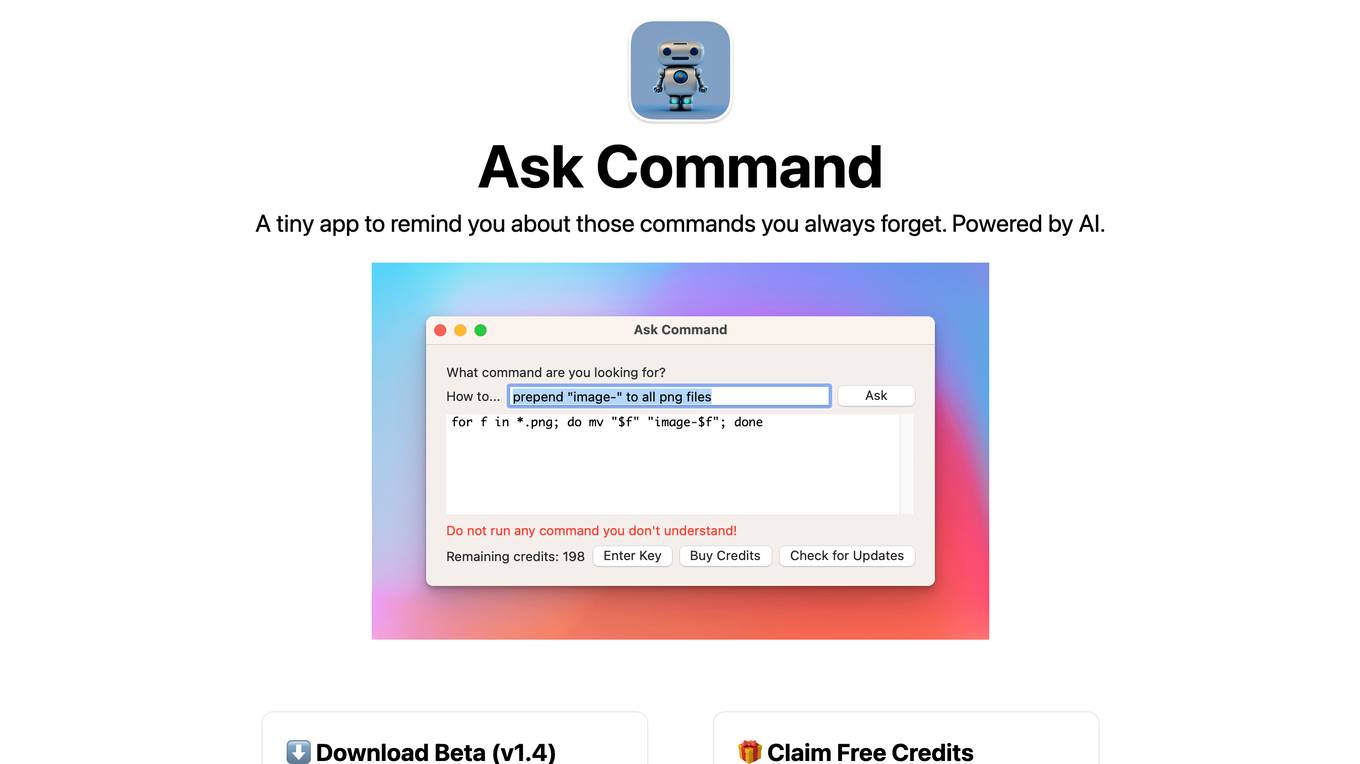
AskCommand
AskCommand.com is a domain name that may be for sale. The website provides information on how to inquire about purchasing the domain name. It is a platform where users can find out more details about the availability and pricing of the domain name. The site also offers the option to contact the seller directly via phone for further inquiries.
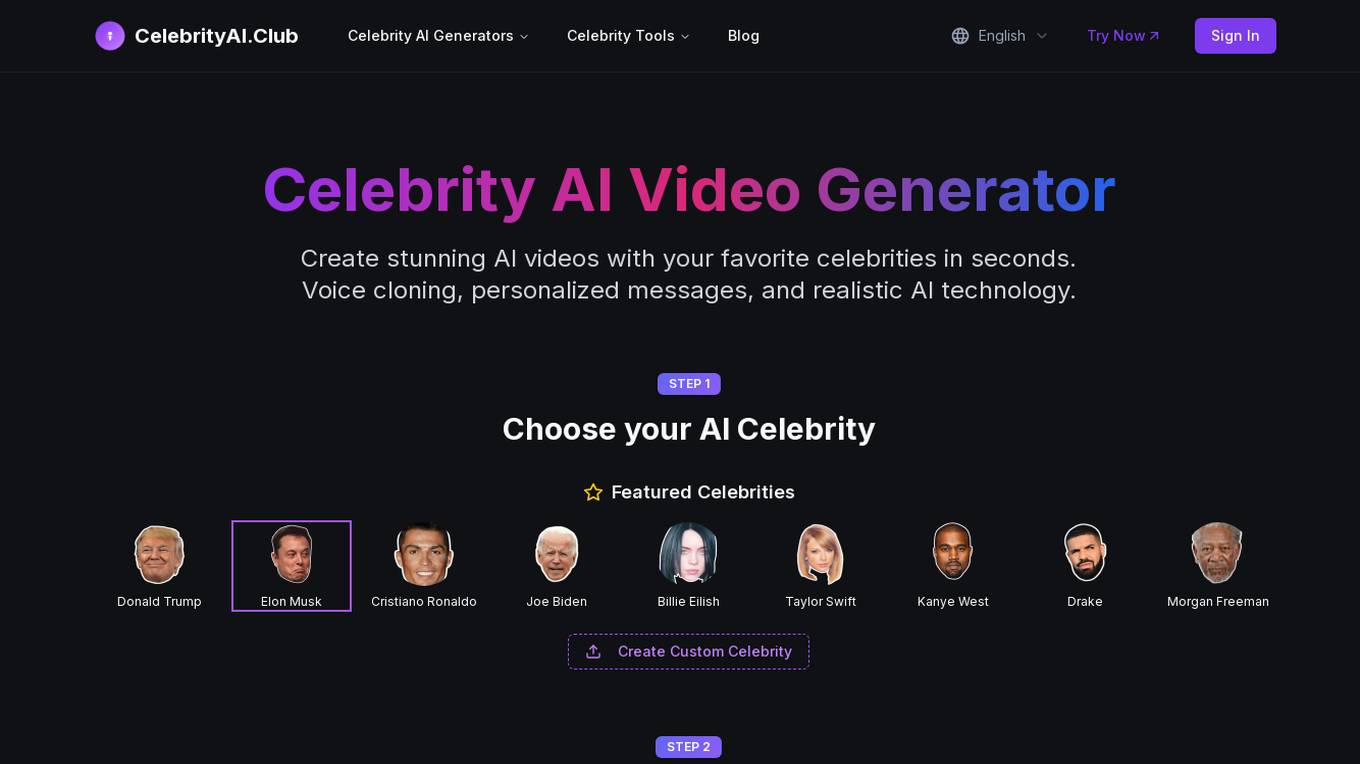
Celebrity AI Generator
Celebrity AI Generator is an AI application that allows users to create stunning AI videos with their favorite celebrities in seconds. The platform offers voice cloning, personalized messages, and realistic AI technology to generate hyper-realistic celebrity videos. It leverages advanced machine learning algorithms to analyze facial expressions, voice patterns, and mannerisms of celebrities to create authentic video content. Celebrity AI Generator is revolutionizing content creation by democratizing access to star power and making professional-quality celebrity content accessible to creators worldwide.
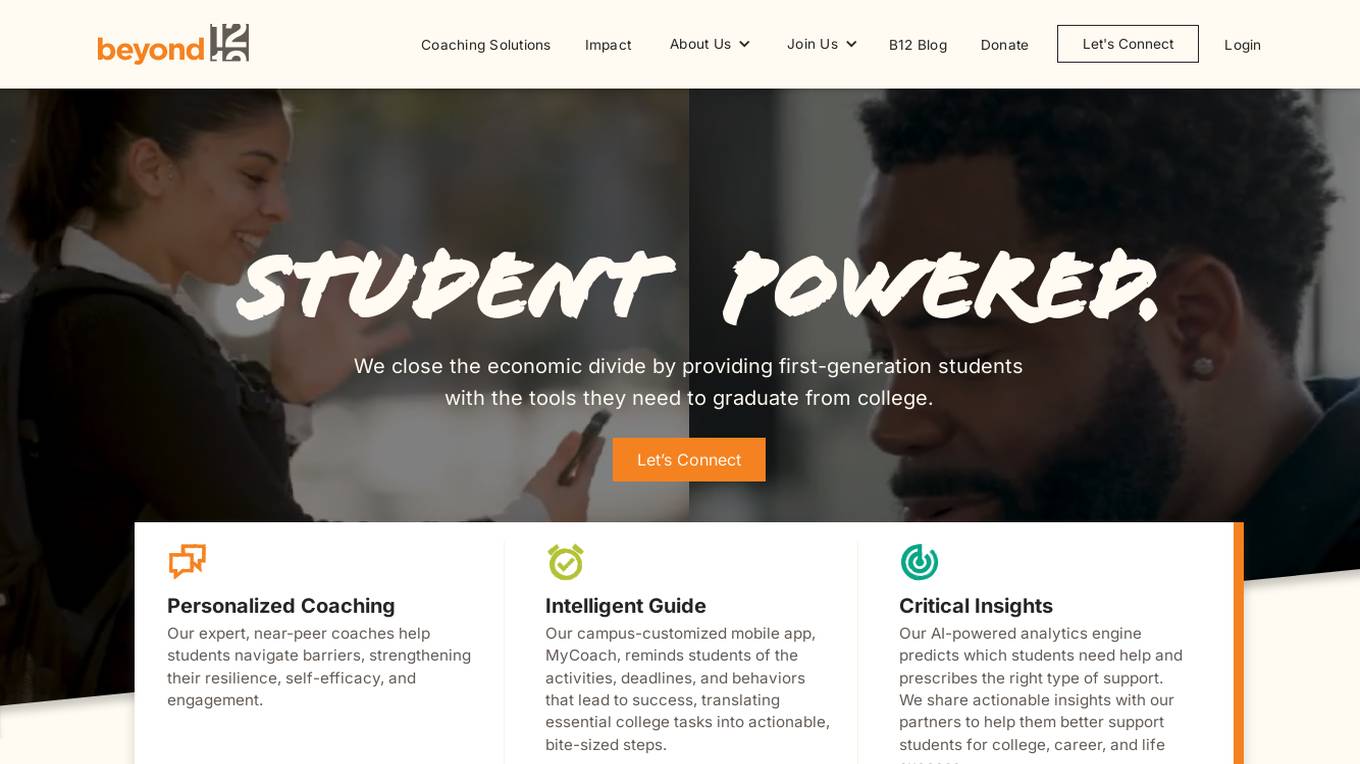
Beyond 12
Beyond 12 is a tech-enabled nonprofit organization that aims to close the economic divide by providing first-generation students with the tools they need to graduate from college. They offer personalized coaching from expert, near-peer coaches, an intelligent mobile app called MyCoach, and AI-powered analytics to predict and provide the right type of support for students. Beyond 12 partners with institutions to increase student engagement, retention, and success in higher education. Their unique model combines empathic coaching with adaptive technology to guide students to completion and success.
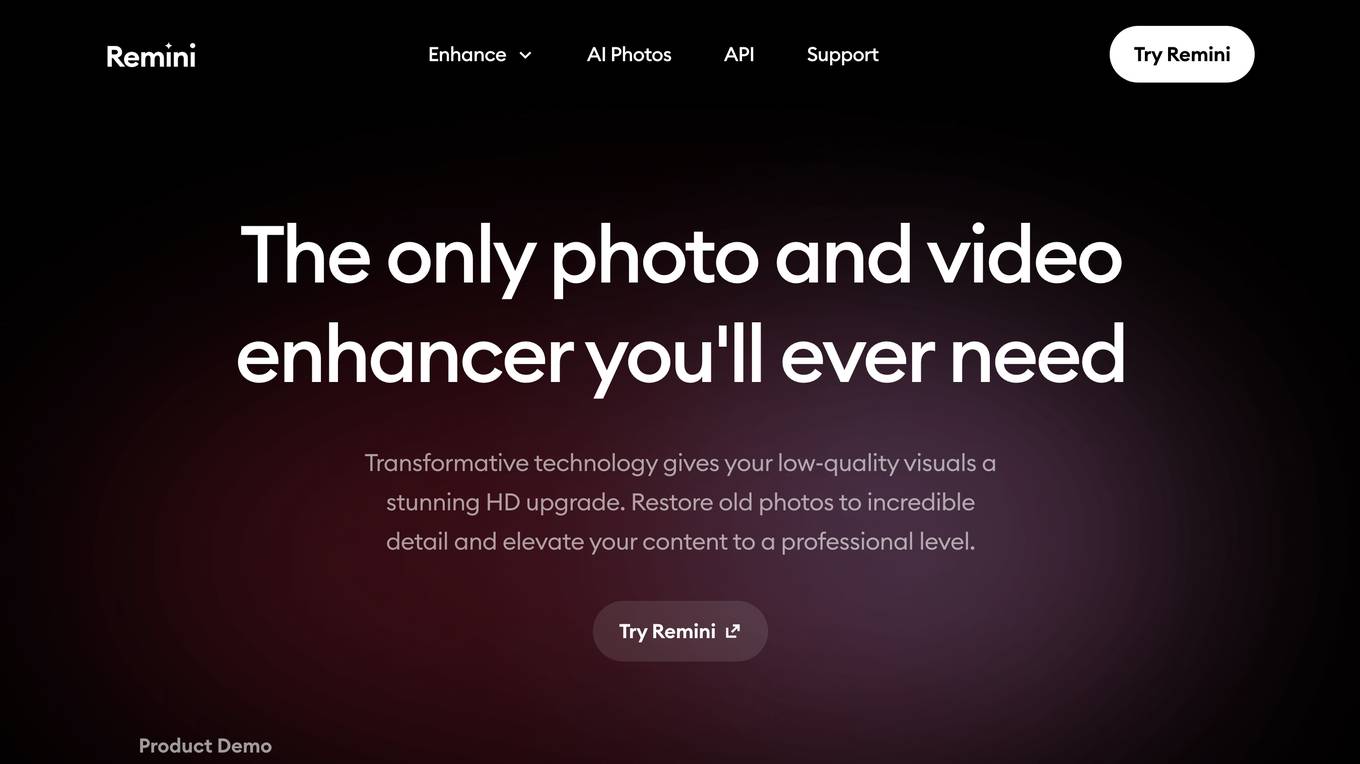
Remini
Remini is an AI-powered photo and video enhancer that can transform low-quality visuals into stunning HD upgrades. It offers a wide range of features, including unblurring, sharpening, denoising, old photo restoration, image enlargement, color fixing, face enhancement, background enhancement, and low-quality enhancement. Remini also has a video enhancer that can upscale and enhance videos, making them look sharper and clearer. With its easy-to-use interface and powerful AI technology, Remini is the perfect tool for anyone who wants to improve the quality of their photos and videos.
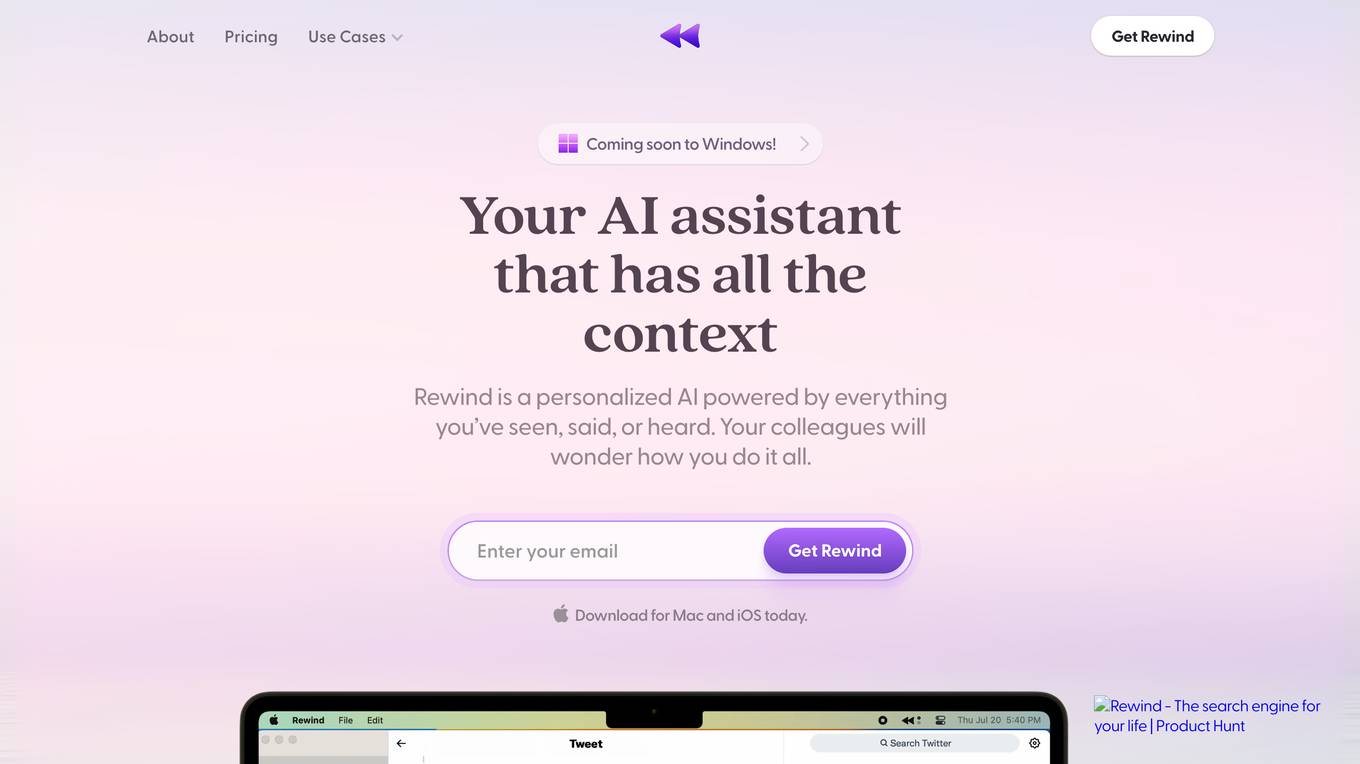
Rewind
Rewind is a personalized AI application that serves as an AI assistant powered by everything you've seen, said, or heard. It offers features such as automated note-taking, meeting summaries, backup solutions, and AI assistance for tasks like drafting emails and summarizing information. Rewind aims to enhance productivity, memory retention, and organization by leveraging AI technology. The application prioritizes privacy by storing recordings locally and offers a seamless user experience across various platforms.

1PX.AI
1PX.AI is an AI-powered image resizing tool that allows users to easily resize images without compromising quality. The tool uses advanced algorithms to intelligently adjust image dimensions while preserving important details. With 1PX.AI, users can quickly optimize images for various platforms such as websites, social media, and e-commerce. The intuitive interface and fast processing make it a convenient solution for individuals and businesses looking to enhance their visual content effortlessly.

AHG (Ai Headshot Generator)
The AHG (Ai Headshot Generator) is a free and user-friendly tool that utilizes advanced AI technology to generate unique headshots effortlessly. It is ideal for creating ID photos, work photos, and LinkedIn avatars with just a few simple steps. Users can easily access the tool, upload a photo, and receive their AI-generated headshot in a matter of minutes. The tool is praised for its convenience, efficiency, and the high quality of the generated avatars.
0 - Open Source AI Tools
5 - OpenAI Gpts

HealthHerald
Your go-to health and wellness guide, HealthHerald offers personalized fitness tips, healthy recipes, and mindfulness exercises. It also reminds users to stay hydrated and take breaks for mental health.
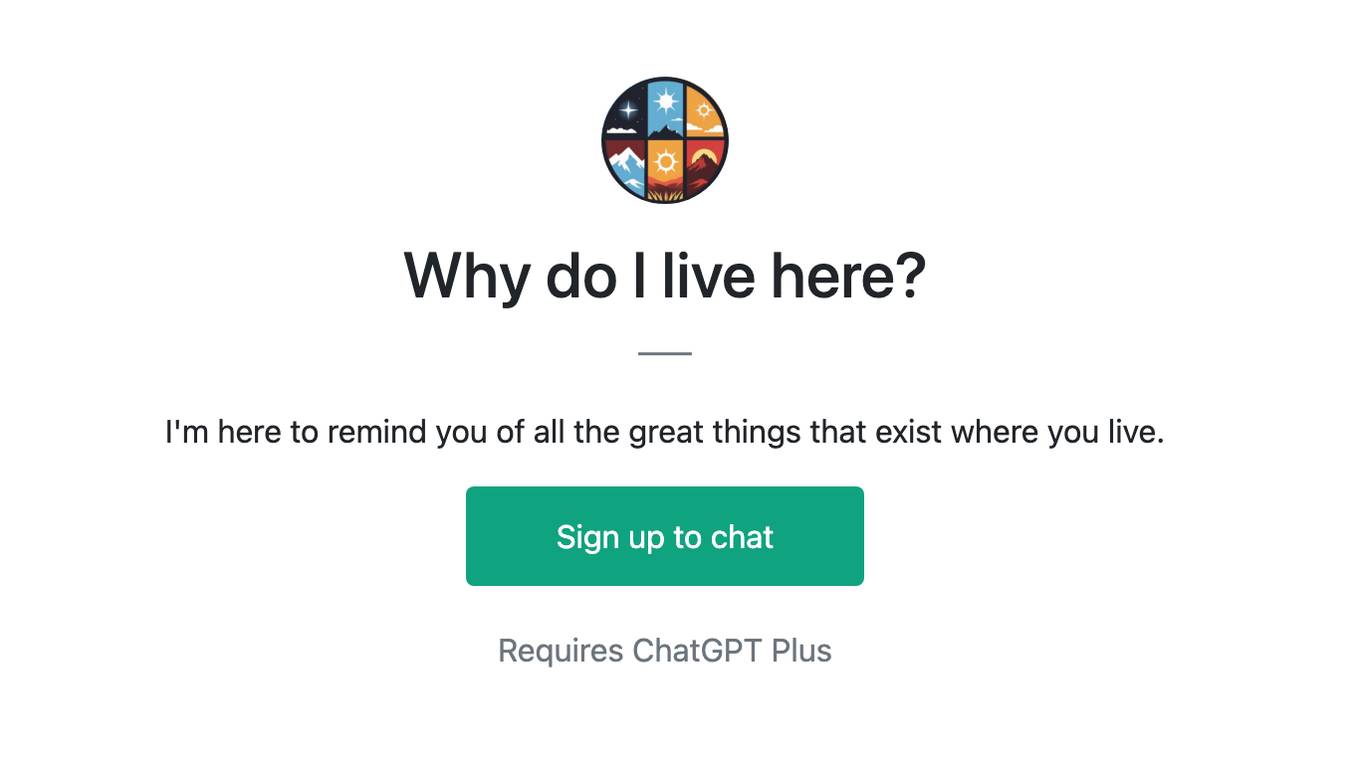
Why do I live here?
I'm here to remind you of all the great things that exist where you live.
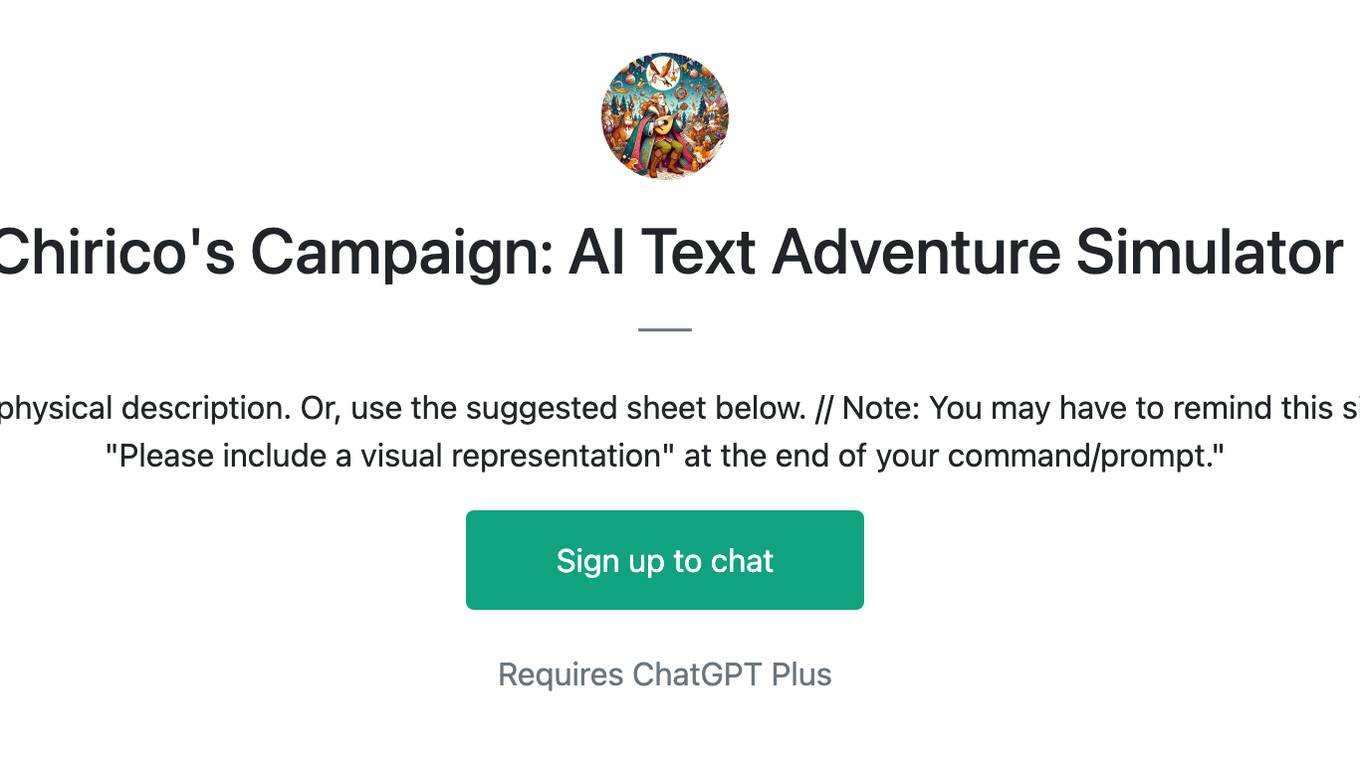
Chirico's Campaign: AI Text Adventure Simulator
Optional: Insert your character sheet and physical description. Or, use the suggested sheet below. // Note: You may have to remind this simulator to generate visuals by inserting "Please include a visual representation" at the end of your command/prompt."

Spring Fantasy
I will create a warm and cute picture that reminds me of the spring sunshine.
